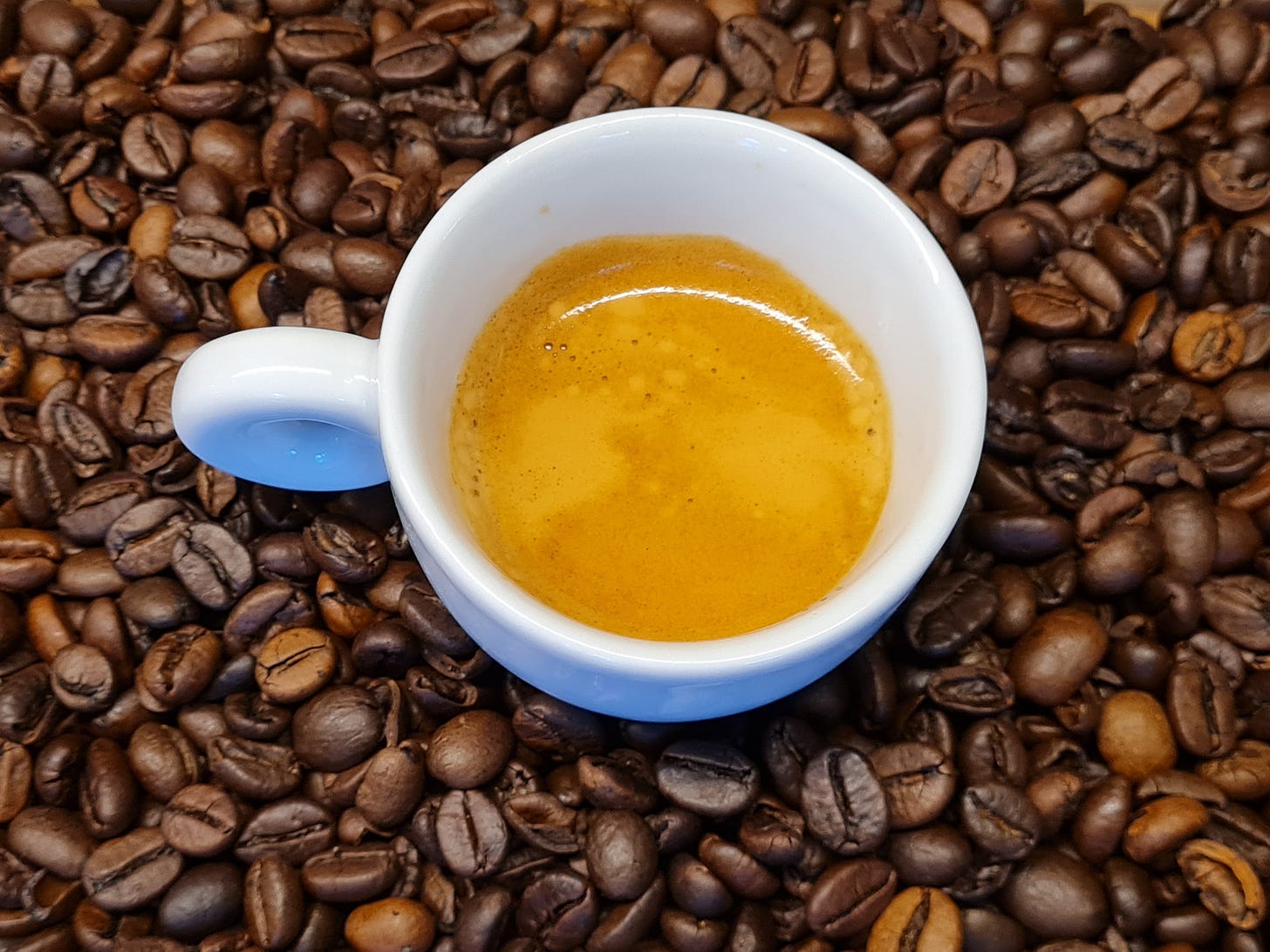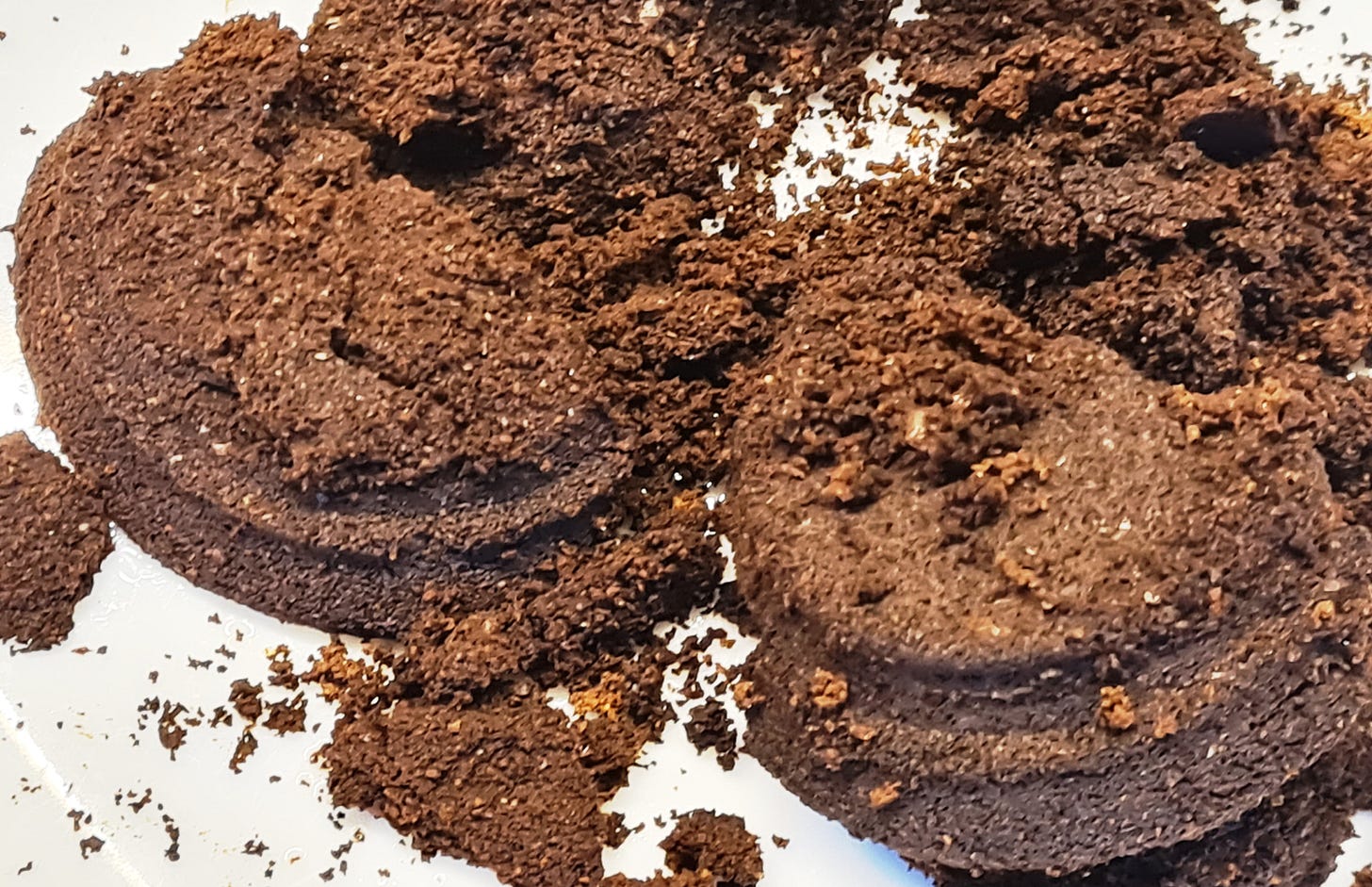Coffee to coal
Spent Coffee Grounds to Hydrochar
Coffee has developed into one of the most important luxury foods since the Middle Ages. In 2022, a total of around 10.8 million tonnes of green coffee were harvested, roasted and consumed worldwide - coffee is on everyone's lips. Almost half of this comes from Brazil and Vietnam, currently the most important producing countries. Around 20% of the original weight of the green coffee is lost during roasting, i.e. around 8.6 million tonnes of roasted coffee are produced from the 10.8 million tonnes. This is then brewed and we mainly look for the flavour, the caffeine (our most popular stimulant) and a few extractable components when we extract the coffee powder using water. A large proportion of the coffee powder then remains as and is actually waste.
Now, with these immense quantities of coffee grounds, a few scientists spent coffee grounds from the Thermochemical Conversion Group at the Leibniz Institute of Agricultural Engineering and Bioeconomy (ATB) in Potsdam, Germany, have asked themselves whether the only use for these coffee grounds is to feed earthworms in compost or whether a recyclable material can be generated from them (Dang, H.; Farru, G.; Glaser, C.; Fischer, M.; Libra, J. (2023): Enhancing the Fuel Properties of Spent Coffee Grounds through Hydrothermal Carbonization: Output Prediction and Post-Treatment Approaches. Sustainability. (1): p. 338. Online: https://doi.org/10.3390/su16010338).
And lo and behold - it works. Hydrothermal carbonisation (HTC) can be used to produce hydrochar from spent coffee grounds, which can either be used as a promising alternative solid fuel or - and this is what the author finds particularly interesting - can be used as such to sequester the contained carbon in the hydrochar - that carbon that has been removed from the atmosphere by the coffee plant through photosynthesis. In order to boost demand for the conversion and use of coffee grounds, the researchers have also looked at two subsequent treatments in addition to optimising the HTC process: Washing and agglomeration. These efforts were aimed at increasing the energetic qualities of the hydrochar, reducing unwanted components and improving its handling properties. Our results show that HTC can be used to produce hydrochar with a high calorific value that is suitable for use as a solid fuel. Post-treatment of the hydrochar by washing partially reduced the aromatic content and removed the furan compounds, furfural and HMF. In addition, wet agglomeration process with additives and binder solution produced spherical pellets from coffee grounds and their hydrochars with high mechanical stability, which contributes to their practical usability.
Let's utilise this resource and either use it as a climate-neutral fuel or store it underground as a carbon sink.





